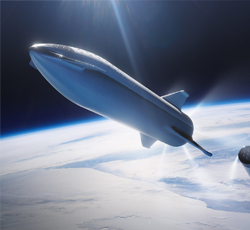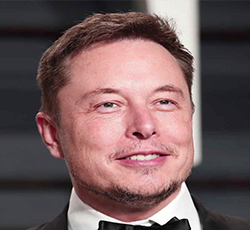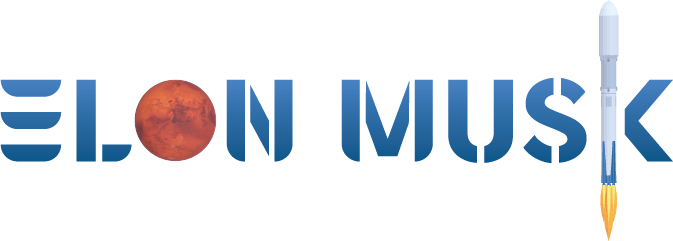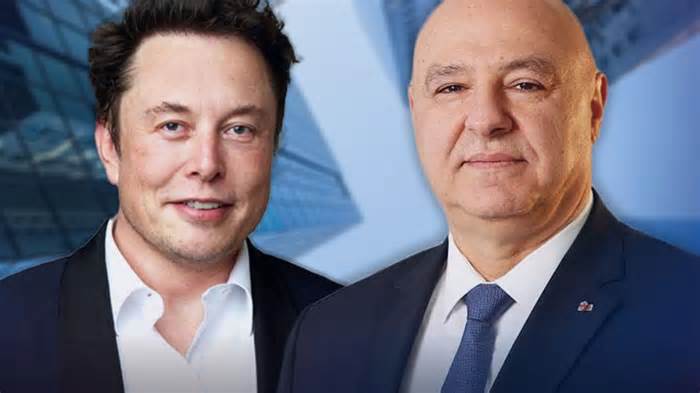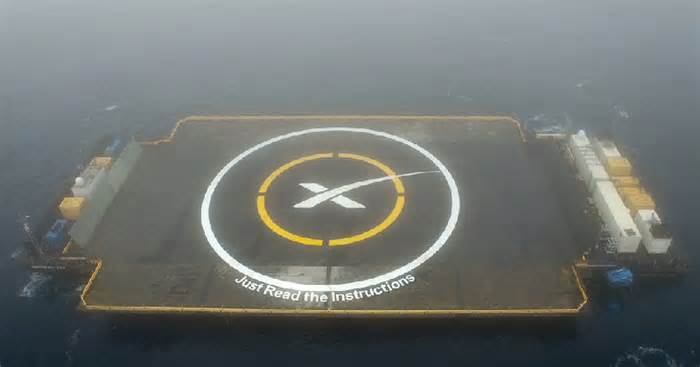
What Makes Tesla’s Business Model Different? - Investopedia
- by Investopedia
- Mar 11, 2023
- 0 Comments
- 0 Likes Flag 0 Of 5
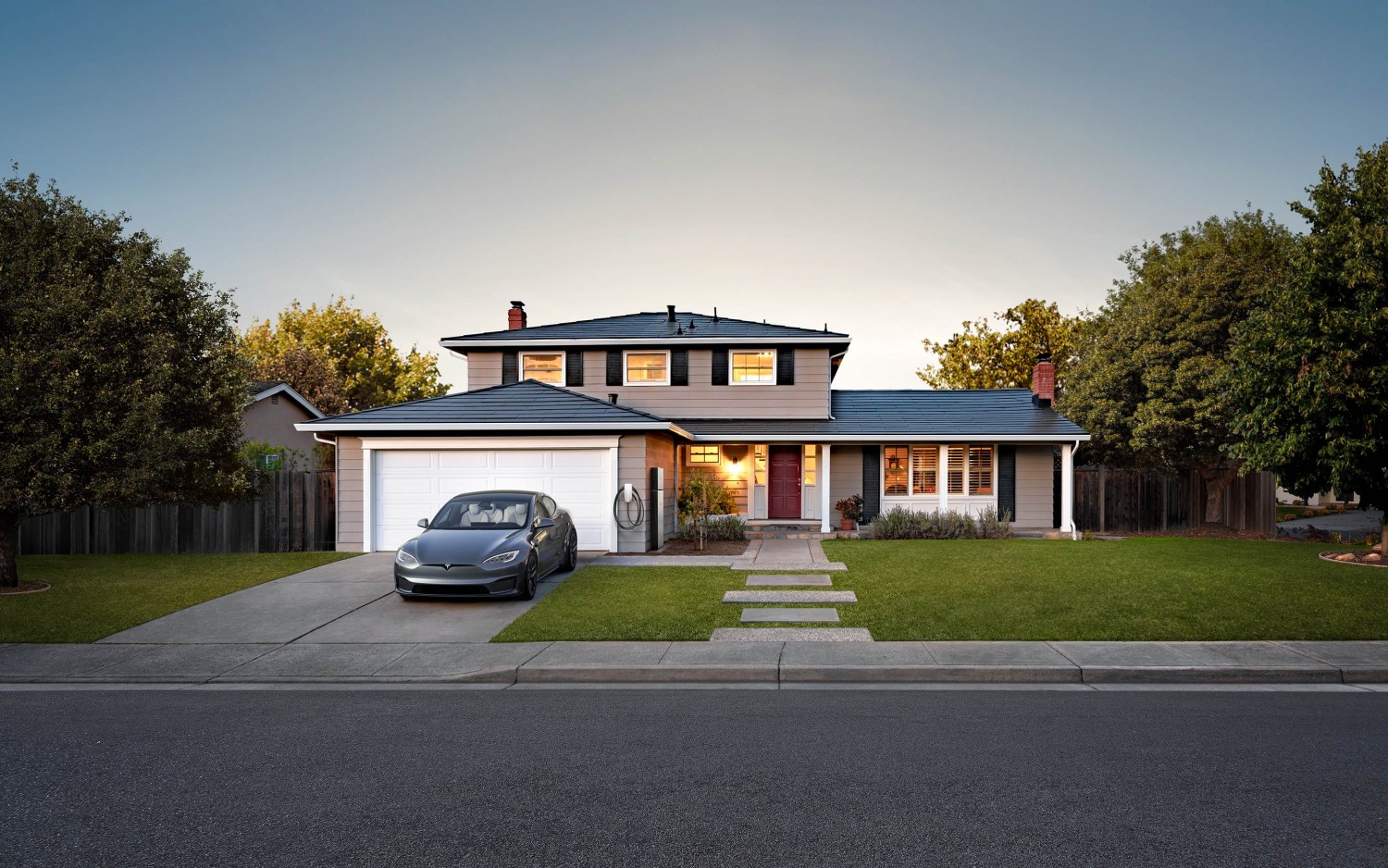
Full Bio
Kristina Zucchi is an investment analyst and financial writer with 15+ years of experience managing portfolios and conducting equity research.
Learn about our Tesla’s business model is based on direct sales and service, not franchised dealerships.
Tesla’s business model pays particular attention to rolling out charging stations. That may be the biggest obstacle to the mass adoption of electric vehicles.
Tesla has stretched the business model to encompass energy storage systems for homes and businesses.
Tesla’s First Product
Tesla took a unique approach to establish itself in the market. Instead of trying to build a relatively affordable car that it could mass-produce and market, it took the opposite approach, focusing instead on creating a compelling car that would create a demand for electric vehicles.
In a post on Tesla’s website, Musk said this about the company’s mission: “If we could have [mass-marketed] our first product, we would have, but that was simply impossible to achieve for a startup company that had never built a car and that had one technology iteration and no economies of scale. Our first product was going to be expensive no matter what it looked like, so we decided to build a sports car, as that seemed like it had the best chance of being competitive with its gasoline alternatives.”
So, Tesla delivered to the market the first high-performance electric luxury sports car, the Tesla Roadster. The company sold approximately 2,500 Roadsters before ending production in January 2012.
That’s not a number that would fray any nerves at General Motors.
The Next Stage
Once Tesla established its brand and produced and delivered its concept car to the marketplace, it reinforced its business model. Tesla’s business model is based on a three-pronged approach to selling, servicing, and charging its electric vehicles.
Direct Sales
Unlike other car manufacturers who sell through franchised dealerships, Tesla sells directly to consumers. It has created an international network of company-owned showrooms and galleries, mostly in urban centers.
By owning the sales channel, Tesla believes it can gain an advantage in the speed of its product development. More importantly, it creates a better customer buying experience. Unlike car dealerships, Tesla showrooms have no potential conflicts of interest. Customers deal only with Tesla-employed sales and service staff.
Including the showrooms, Service Plus centers (a combination of retail and service center), and service facilities, Tesla has 1,359 locations around the world as of the end of 2024.
Tesla has also made use of internet sales—consumers can customize and purchase a Tesla online.
Home Services
In some areas, Tesla employs Mobile Service Support (formerly called Tesla Rangers)—mobile technicians who make house calls. In some cases, the service is delivered remotely.
The Model S can wirelessly upload data, so technicians can view and fix some problems without ever physically touching the car.
Supercharger Network
Tesla has created its own network of over 60,000 Global Superchargers where drivers can charge their Tesla vehicles in about 15 minutes for a quarter of the price of gasoline. The purpose, of course, is to speed up the rate of adoption of electric cars by making it cheaper and easier to keep them running.
Tesla’s Models
Tesla entered the market with the sporty Roadster. When it introduced its Model S sedan in June 2012, it stopped producing the Roadster.
Tesla began delivering its first SUV, the Model X, in September 2015.
In 2025, its base price is $81,880.
The first Model 3 deliveries kicked off in July 2017 as Tesla’s entry into the category of affordable cars.
In 2025, its base model starts at $44,130.
In 2020, Tesla began producing the Model Y, a compact crossover SUV based on its Model 3.
In 2025, its base model starts at $46,880.
Tesla is also promising to deliver a redesigned Model Y in March 2025, with a base price of $61,630.
In 2023, Tesla introduced the Cybertruck, a pickup truck with a body design resembling low-polygon modeling, consisting of flat stainless steel sheet panels.
In 2025, its base model starts at $82,235.
$200,000
The base price of the 2026 supercharged Tesla Roadster, touted as “the quickest car in the world.”
Tesla has combined many of its sales centers with service centers, including charging stations. They believe that opening a service center in a new area corresponds with increased customer demand. Customers can charge or service their vehicles at the service centers or the Service Plus locations.
Tesla also produces a fully electric Semi.
The semi-trailer truck boasts an energy consumption of less than 2 kilowatt-hours (kWh) per mile. The company claims it can go 400 miles on a 30-minute charge now, and it’s working on stretching that to more than 600 miles in the future.
UPS was among the companies that put in preorders for the truck, introduced in 2019. Production and delivery began in 2022.
Tesla’s latest model is a supercharged version of the original Roadster, which the company claims is the “quickest car in the world,” capable of going 0–60 in 1.9 seconds.
Deliveries of the new Roadster were expected in 2023, with a base price of $200,000.
But the 2023 deadline was missed, and in October 2024, Musk failed to confirm whether the Roadster will arrive in 2025.
Interested individuals can reserve a new Roadster for a $5,000 initial card payment and a $45,000 wire transfer, which is due within 10 days after making the initial payment.
Other Tesla Products
Please first to comment
Related Post
Stay Connected
Tweets by elonmuskTo get the latest tweets please make sure you are logged in on X on this browser.






 Energy
Energy